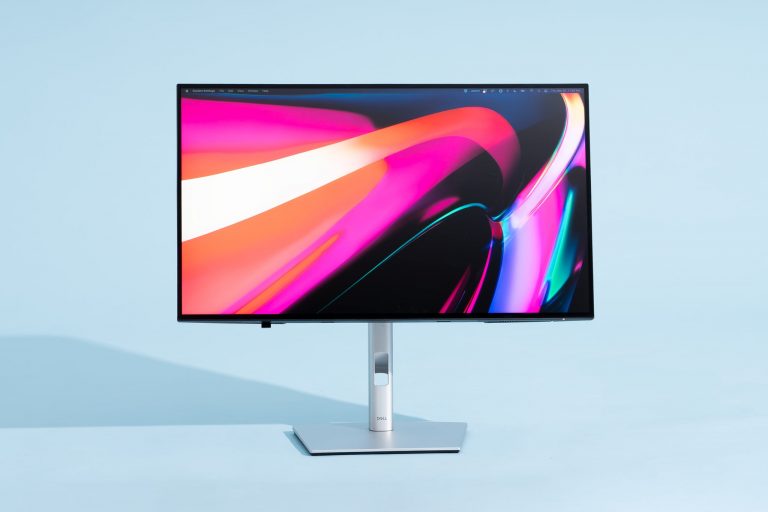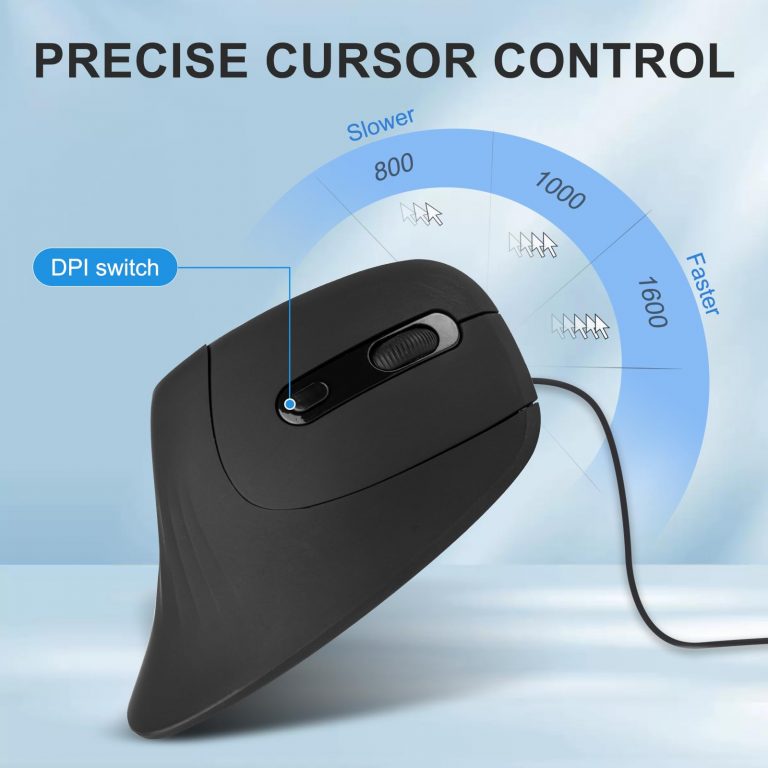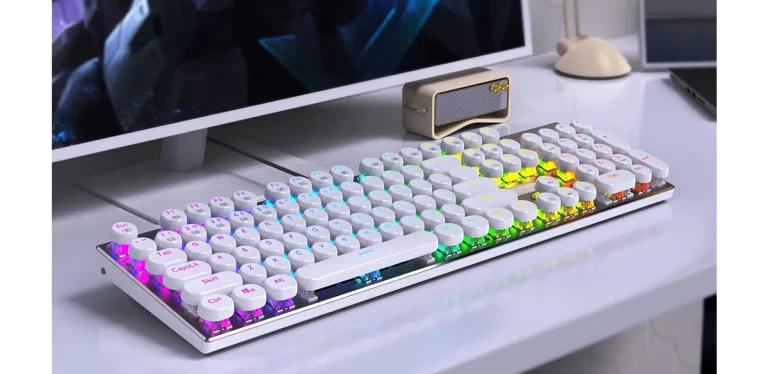
The Keyboard A Timeless Tool for Human-Computer Interaction
The keyboard, a ubiquitous input device, has played a pivotal role in the evolution of computing. From its humble beginnings as a mechanical typewriter to the sophisticated keyboards of today, it has remained a fundamental tool for human-computer interaction.
The Mechanical Keyboard Era
Mechanical keyboards, characterized by their tactile keys and distinct clicky sound, were the standard for decades. Each key is activated by a mechanical switch, providing a satisfying tactile feedback. However, mechanical keyboards were often bulky and noisy.
The Rise of Membrane Keyboards
Membrane keyboards, which use a flexible membrane with conductive traces, became popular due to their quiet operation and slim design. While they lacked the tactile feedback of mechanical keyboards, they were more affordable and durable.
The Modern Keyboard: A Blend of Form and Function
Today’s keyboards come in various forms, each tailored to specific needs:
- Desktop Keyboards: These are full-sized keyboards designed for desktop computers. They often include a numeric keypad and function keys.
- Laptop Keyboards: Compact keyboards integrated into laptop computers, often with a chiclet-style layout.
- Gaming Keyboards: Specialized keyboards designed for gamers, featuring customizable lighting, programmable keys, and ergonomic designs.
- Wireless Keyboards: Wireless keyboards offer greater flexibility and eliminate cable clutter.
Keyboard Layouts
The most common keyboard layout is the QWERTY layout, which was designed to slow down typists to prevent jamming of mechanical typewriters. Other layouts, such as Dvorak and Colemak, have been developed to improve typing speed and reduce strain on the fingers.
Ergonomics and Keyboard Design
Ergonomic keyboards are designed to reduce the risk of repetitive strain injuries, such as carpal tunnel syndrome. They often feature a curved shape, split key layout, and adjustable height.
The Future of Keyboards
The future of keyboards is likely to involve further integration with other input devices, such as touchscreens and voice recognition. Additionally, we may see the development of new keyboard layouts and input methods that are more efficient and ergonomic.
Despite the rise of touchscreens and voice commands, the keyboard remains a vital tool for precise and efficient input. Its evolution reflects the ongoing quest for better human-computer interaction, and it will continue to shape the way we interact with technology for years to come.
Would you like to delve deeper into a specific aspect of keyboard technology, such as the history of keyboard layouts, the impact of ergonomic design, or the future of keyboard input?





